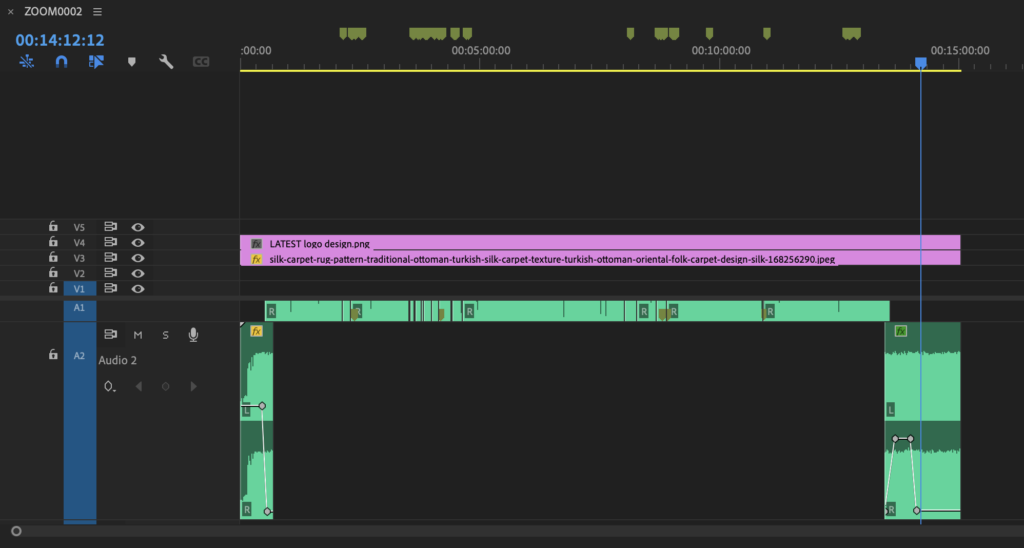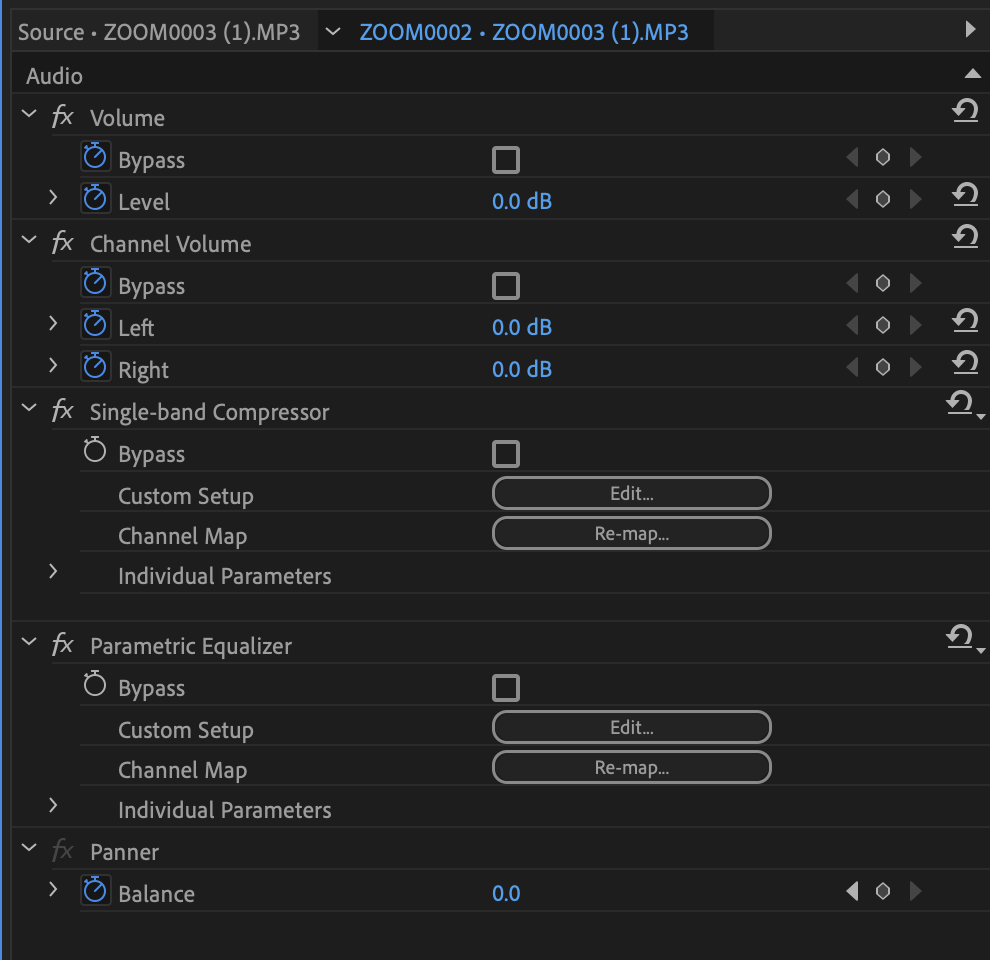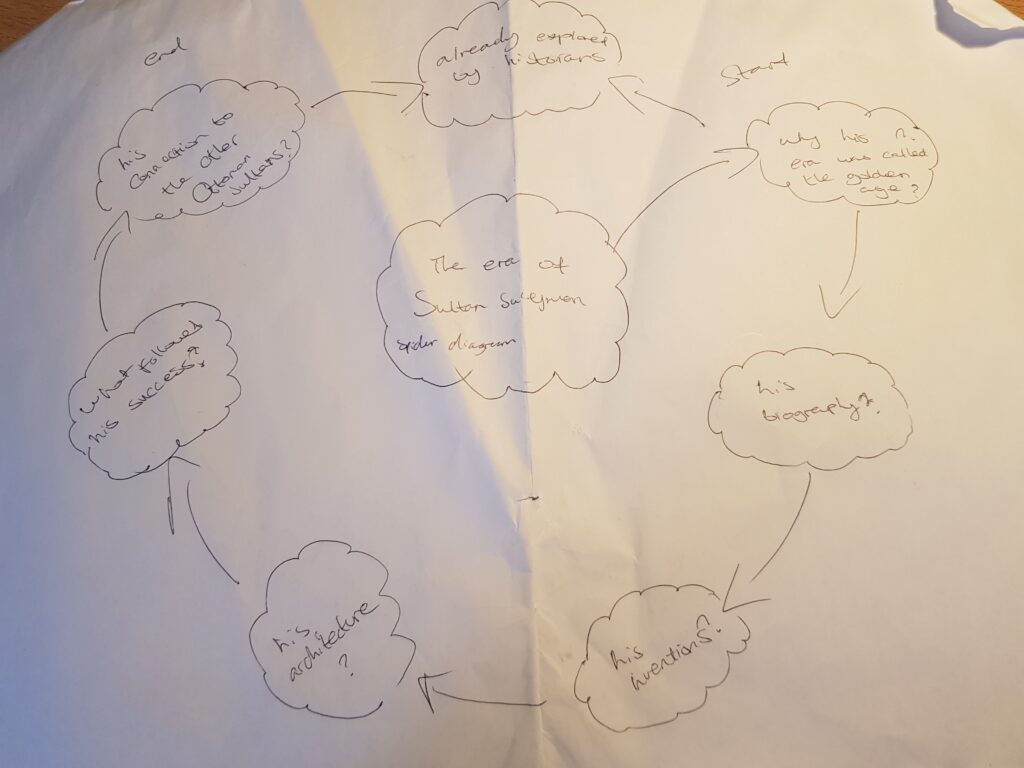Microphone Types:
There are 3 types of different microphones:
- Dynamic
- Condenser
- Ribbon Microphones
Dynamic Microphones
Dynamic Microphones are the most reliable and indestructible microphones. They are built to endure serious damage and bumps, The microphone has a cardioid polar pattern also known as unidirectional pattern that picks up sound from the direction you point the microphone at. Not only that, It also excludes any sounds from behind the pointed direction of the microphone.
thanks to its moving Coil Diaphragm. The microphone is adaptive to picking up different sounds, Making it favoured amongst the 3 different microphone types as this microphone is used for active live sounds.
Condenser Microphones
Condenser Microphones are different to Dynamic Microphones. Unlike a Dynamic Microphone is strong and well built, A Condenser Microphone is fragile, expensive but accurate with a fulfilling sweet soft sound and a more accurate Microphone than a Dynamic Microphone.
The most considered feature about a Condenser Microphone is that not only the microphone has a Cardioid Pattern, But also a Bidirectional and Omnidirectional Pattern. Bidirectional Pattern picks up sound from the front and back excluding the sides, Where As. Omnidirectional Pattern, allows sounds from all directions.
Owning a Condenser Microphone may cost you a good deal of money as said above, A Condenser Microphone is fragile. But Condenser Microphones don’t just power up with a plug in. Condenser Microphones require around 48 Vat Power to run to its full ability, Making a Condenser Microphone to be used for recording sounds in studios.
Ribbon Microphones
To some Ribbon Microphones are Useful, and to some. Useless. Ribbon Microphones are the Iconic Microphones that were used in the 50s and 60s running for 2 decades of music recorded with this microphone type. This Bidirectional Microphone was commonly used for vocal and orchestral stringed instrumental recording.
One important fact to take note of is that this Microphone is fragile like the above Condenser but the difference is that Ribbon Microphones is less clear and sweet sounding than the Condenser Microphone.
Script:
Topics I’ll Be covering/ Overview plan
. Brief History on The Ottoman Empire and its achievements and inventions
. The Rule of Sultan Abdul Hamid and the events that took place during his reign
. The achievements of Sultan Abdul Hamid and the connection between the rise of the empire and the mightiness of The Ottoman Empire
Questions I will explore whilst covering the topics above:
. What made the Empire great?
. What made the empire successful in the religious and worldly side
. The influence it had on its citizens and Islam and its effect to the nation from its veiling.
Full Deep Script:
Sound Design: (Jingles And Audio)
Intro:
Outro:
Subject Research:
Sites that helped me learn into the deeper scope and influenced me with writing my script:
- .https://www.timelessmyths.com/history/what-did-the-ottoman-empire-invent/#The_Ottomans_Contributions_to_Geography
- https://sahibulsaif.wordpress.com/2020/02/15/the-great-hakan-sultan-abdul-hamid-han/
- https://www.dailysabah.com/arts/portrait/sultan-abdulhamid-ii-a-life-that-influenced-a-century
- https://en.wikipedia.org/wiki/Abdul_Hamid_II
- https://en.wikipedia.org/wiki/Ottoman_Empire
- https://www.bbc.co.uk/religion/religions/islam/history/ottomanempire_1.shtml#:~:text=The%20Golden%20Age%20of%20Suleiman,wealthiest%20rulers%20in%20the%20world.
Above shown are the sites that helped me understand the history and importance of my topic, Sultan Abdul Hamid and The Ottoman Empire and its Influence. For example in my podcast I mentioned of the surgical equipment the Ottoman Empire invented “The Ottomans contributed a lot to modern science by inventing some surgical instruments. These instruments included forceps, scalpels, and catheters. At first, surgeons used bamboo shoots, shells, and sometimes fingernails as surgical knives. The modern scalpels, pincers, and lancets were the direct successors of the ones invented by the Ottomans”. Not only this but also the understanding of the religious side and the international world side of the existence of the empire in the time of when Sultan Abdul Hamid Ruled. For example the link provided in the second bullet point. I used multiple reference’s from within the blog like ” On his own, for 40 years he ruled a country of 10 million square kilometres with justice” “He was sending aid and help to the Muslims in Africa, in India, in Indonesia, everywhere to wake them up and bring the body of the Muslims together” And not only this but with reading more from this site, I understood the situation of the time and the scape of the events that occurred at the time.
The research i did by reading through these sites helped understand different sides of my chosen topic. Not only from within the rule of Sultan Abdul Hamid but the overview of the empire as a whole, For example where the empire begun from day 1 to the influence between its rise., Which areas they conquered and how the empire was founded. Above the link provided in the 5th bullet point. I took bullet point notes from “It was founded at the end of the 13th century in northwestern Anatolia in the town of Söğüt (modern-day Bilecik Province) by the Turkoman[23] tribal leader Osman I“ Or for example on my mentioning of the theory of the historians on how Sultan Suleyman’s period was its golden age and the reason to its importance “The Ottoman Empire reached the peak of its power during the rule of Selim’s son, Suleiman the Magnificent (ruled 1520 -66) and his grandson Selim II (1566 – 74). Suleiman came to the throne as one of the wealthiest rulers in the world”
My research and provided links above helped me understand the deeper side of the history of the Ottomans. With the history I researched and went through. I bullet pointed multiple facts which I believe supported me with writing my script and choosing what I wanted to speak about. As looking back at the beginning my initial plan was to talk of its Golden Age and veiling. And to go into deep history of its veiling, Where as after going through many sites I chose to mention the empire and its reason to its importance on mostly the religious spiritual side and also the political world side, Something interesting and less spoken of but more easier for me personally and more time efficient.
Editing Process:

As seen above I edited my podcast audio in Premier Pro. I layered my Logo, Audio, Intro and Outro to my comfortability so I could easily access the layers. Originally I used Keyframes to fade in and out my intro and outro but via the help of my tutor I found a more suitable way to lower and increase the audio levels.

During my editing process I used markers to help me differentiate the pauses and the incorrections. Via my past editing experience I found adding markers helpful as they keep check of where you would like to embed and also various of other reasons.

After cutting down my audio I originally added studio reverb. But after my tutor reviewed my work I added the Single-Brand Compressor and Parametric Equalizer. The single – Brand compressor makes the soft parts of the audio increase in Volume and the more louder parts of the audio smooth and soft. And the Parametric Equalizer allows you to cut or raise the chosen frequencies.
As seen above I did not do much other than add effects and cut the audio down on its pauses and weaknesses. I wanted to keep my audio and podcast as original as I could to not draw viewers away from continuing to listen to the rest of my podcast. During my editing process I faced some difficulties, I noted some weaknesses for example deciding the suitable audio effects and using the right tool but I feel like the more I can find these mistakes the more experience I can get. Overall the Audio editing task was the simplest from all tasks. As I keep learning more about Premier Pro and becoming aware of its wide range of its availabilities.
Planning:

This diagram shown above helped me understand the outcome of my Chosen path. As you can see, I went through everything I wanted to talk of step by step. I used Questions historians and history fans would want to ask. Following the making of this diagram I came to the end realising how this topic was already discussed amongst many historians and documentaries talking of the Ottoman Empire as at this point I conducted more than enough research on the Ottoman Sultan Suleyman and his era and Sultan Abdul Hamid.

After the completion of my spider diagram on Sultan Suleyman, I went on to making a diagram on the questions I would explore if I talked of Sultan Abdul Hamid and his connection and influence to Islam and the Ottoman Culture. Looking through this diagram I noticed how not many historians talked of this Sultan and his era. As the last strongest and most powerful Sultan I was surprised to see how many did not talk of him in depth. Comparing the 2 eras. Sultan Abdul Hamid seemed the most interesting and more beneficial era to talk of. As if you research Sultan Abdul Hamid and his era, That era had so many events take place. Many achievements, Many interesting stories and many mind-blowing events. Talking of his era you could explore the traitors in his empire, The time Sultan Abdul Hamid was dethroned, The influence he had with charitable events and religion, His politics and much more. Where as going back to Sultan Suleyman it seems many already are familiar.